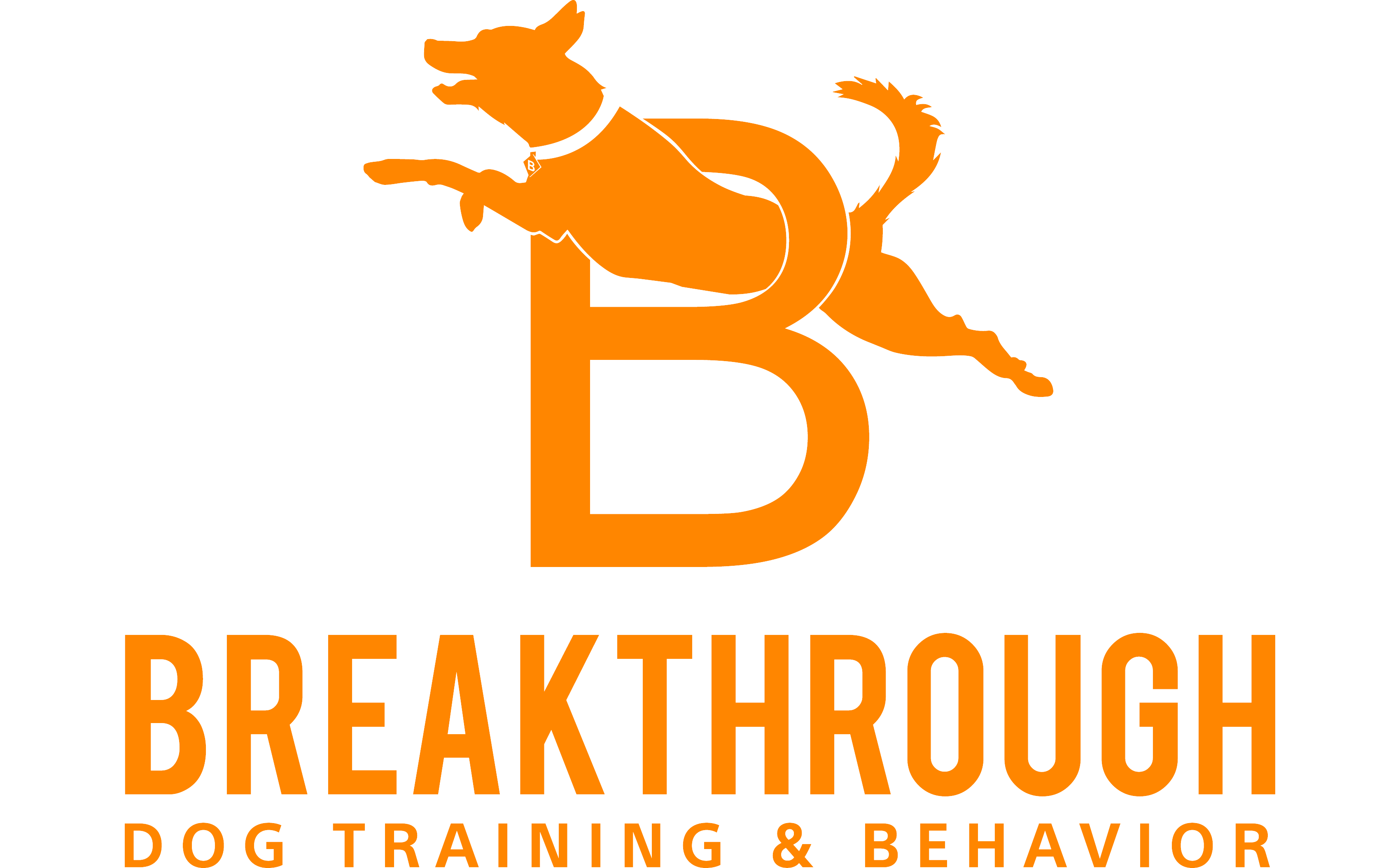Training a dog is an enriching experience that reinforces the bond between the pet and the owner. To achieve effective training results, the process relies heavily on the three P’s: patience, planning, and practice. Here’s how each element plays a crucial role in training a dog from a Dallas Dog Trainer:
1. Patience
Training a dog is often a gradual process that requires understanding and tolerance. Dogs, like humans, learn at their own pace, and they may not always grasp commands or desired behaviors immediately. There will be moments of frustration when the dog does not respond as expected, but patience is essential.
– Learning Curve: Just like humans, dogs have varying learning curves. Some may learn new commands quickly, while others take time to understand.
– Mistakes are Normal: Dogs may fail to perform a command or exhibit undesired behavior. Instead of reacting negatively, trainers should redirect and reinforce positive behavior.
– Building Trust: Patience fosters a trusting relationship between the dog and the owner, promoting a supportive environment where the dog feels safe to learn and explore.
2. Planning
Planning is crucial prior to beginning any training regimen. This involves establishing clear goals, determining the right techniques, and identifying suitable rewards.
– Setting Goals: Define what behaviors you want to instill in your dog, whether basic commands, house training, or advanced tricks. Establish short-term and long-term objectives.
– Choosing the Right Methods: Dog training can involve positive reinforcement, clicker training, or leash training. Researching methods that best suit your dog’s temperament and learning style is vital for effective training.
– Creating a Schedule: Regular training sessions should be scheduled, ensuring consistency in lessons. Short, frequent sessions often yield better results than lengthy, infrequent ones.
3. Practice
Consistent practice reinforces learning and helps solidify commands in a dog’s memory. In dog training, repetition is key.
– Reinforcement of Commands: Regularly reviewing commands during practice sessions helps the dog to internalize the behavior you are trying to teach. Consider incorporating different environments and distractions to simulate real-life situations.
– Daily Routines: Integrating training into daily activities can improve the dog’s ability to respond to commands. This could be as simple as practicing “sit” or “stay” before meals or during walks.
– Gradual Progression: As the dog masters certain skills, gradually increasing the difficulty of commands or adding new ones helps keep the training engaging and stimulating.
Conclusion:
The journey of training a dog is both rewarding and challenging, embodying the concepts of patience, planning, and practice. By embracing these three P’s, dog owners can create a positive and successful training environment that fosters healthy behavior, strengthens the human-animal bond, and ultimately leads to a well-behaved and happy companion.
Contact Breakthrough Dog Training to learn how to become your dog’s best friend again.
